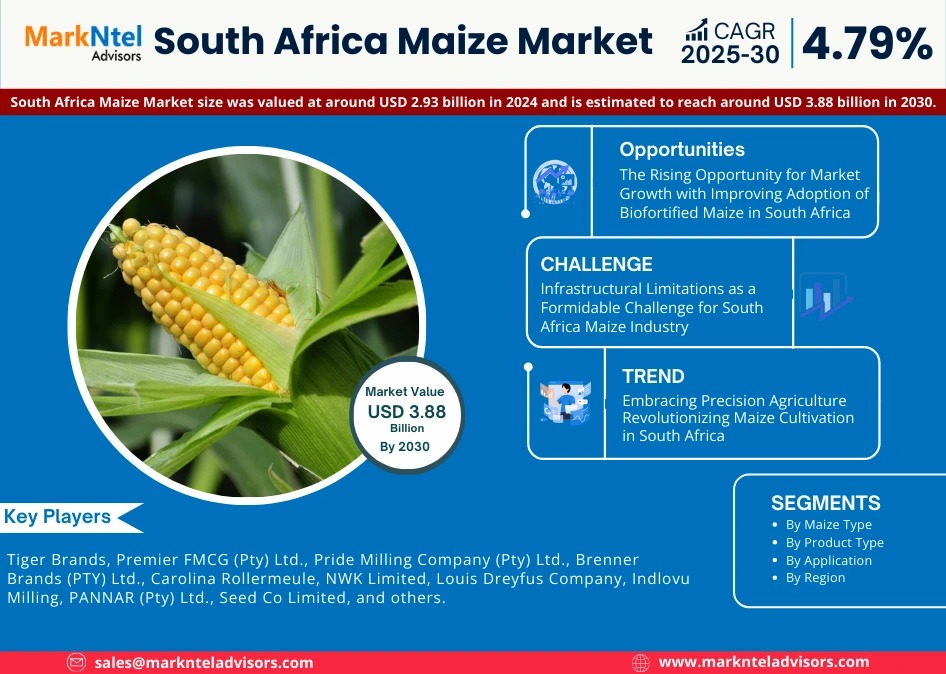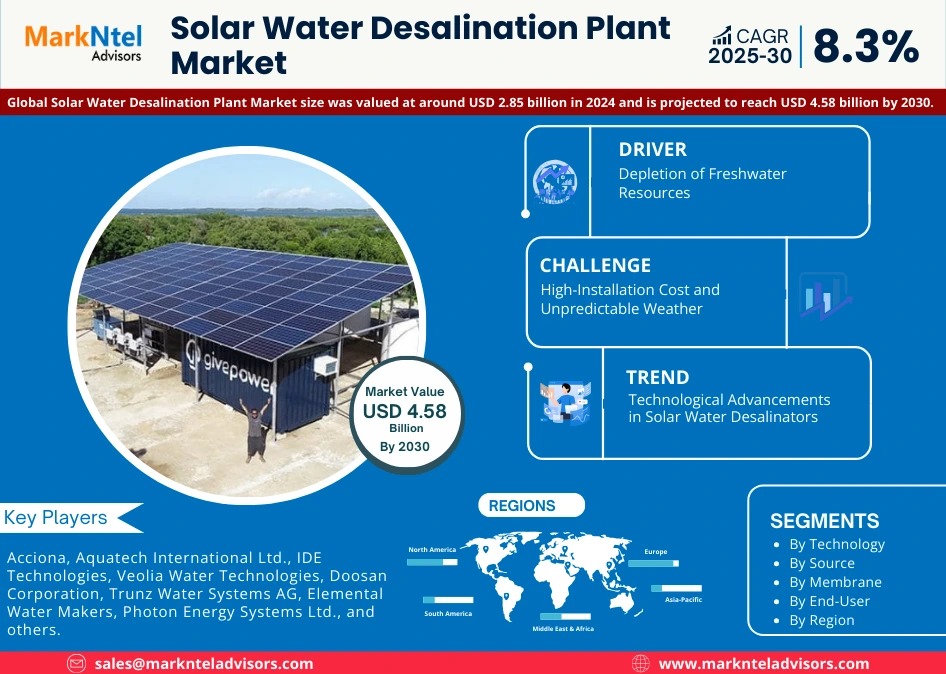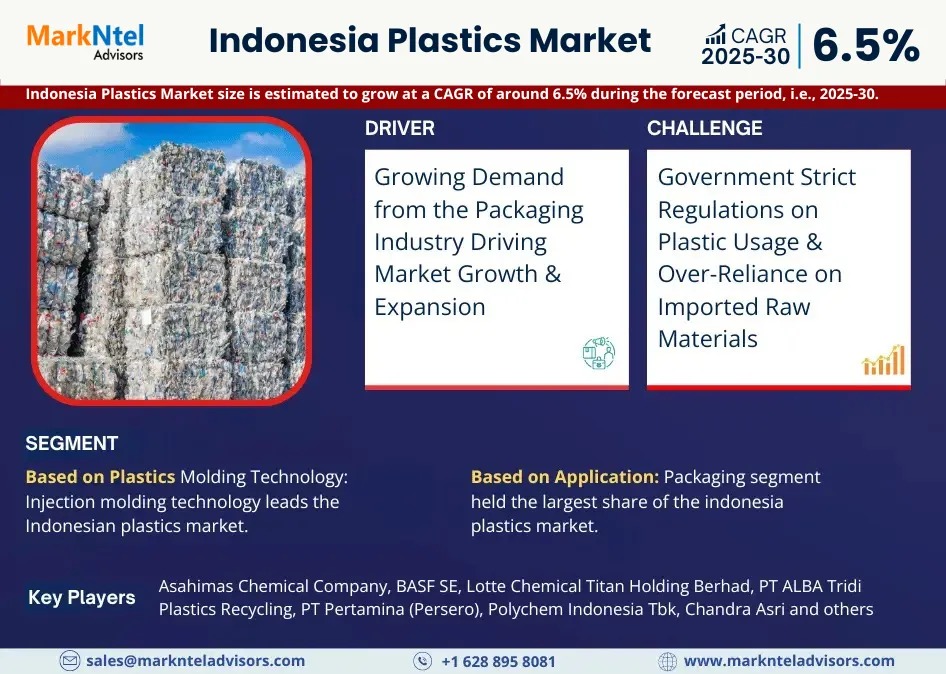
Intrinsic trading and delivery trading are the two basic forms of equity investment. Every trading method has its respective pros and cons. Therefore, the selection of the appropriate method depends on one’s investment strategy, risk tolerance, grasp of market knowledge, and tax implications.
What is Intraday Trading?
In intraday trading, traders buy and sell stocks in a trading session within the same day. All of the positions, regardless of status, are squared before the market closes. Traders aim to profit based on fluctuations in price caused by market volatility. This style mainly depends on aspects of technical analysis and short-term price moves.
Advantages of Intraday Trading:
Potential for Speedy Profits: Short-term price movements can be profitably explored by traders.
Less Capital Requirement: Margin trading facilitates larger standpoints with a lesser investment.
No Overnight Market Risk: The very same day would have had the positions squared off, negating the danger of any price change overnight.
Disadvantages of Intraday Trading:
- Very High Risk: There may be heavy losses because of market movements.
- Time Intensive: Continuous follow-up on market activity, with immediate decisions.
- Brokerage Costs Increase due to Frequency of Trades: Costlier to trade than lesser trading frequency.
What is Delivery Trading?
Delivery trading involves the buying of stocks and holding them for a period of time, ranging from just a few days to several years. Shares of delivery trading will therefore be credited into the Demat accounts of such investors, which indicates that the holder owns those stocks.
Pros of Delivery Trading:
- Lower risk short term: Shares become less volatile in their day to day movement.
- Opportunity for the long term: Stocks held for a long time can give value appreciation.
- Dividend and Bonus benefit: It can also include these shares into the corporate benefits such as dividends and bonus shares.
Cons of Deliver Trading:
- Higher capital availability: Stocks need to be fully paid as margin funding is generally not available for such shares.
- Funds Are Ruled Out: Blocked funds tie up investments, which otherwise reduce the level of immediate liquidity.
Long with a wait for returns: This can last years before substantial profits are realized.
Taxes on Intraday and Delivery Trading
Understanding tax on intraday trading implications forms an important part in planning for better financial management.
Tax on Intraday Trading:
- Considered as Business Income: Profits will be considered speculative income according to the Income Tax Act.
- Taxed at Slab Rates: Tax rate applicable will depend on the income tax slab of the trader.
- No Long Term Capital Gains (LTCG) Benefit: As shares are held for a short time, LTCG provisions do not apply.
- Attention is Benefited by the Deductions in Expenses: Deductible are brokerage, Internet, and other trading-related costs.
Tax on Delivery Trading:
- Falls Under Capital Gains Tax: This makes the profits from transactions pertaining to shares liable for capital gains tax.
- Short-term Capital Gains (STCG): When shares are sold by the holder within the same year from the date of acquisition, a tax of 15% shall be applicable.
- Long-Term Capital Gains (LTCG): Gains coming from sale of shares after holding for
- more than a year are taxed at 10% (beyond ₹1 lakh, no indexation benefits).
- Tax on Dividends: The taxation on a dividend is dependent on the taxpayer’s tax bracket.
Choosing Your Trading Style
The choice between intraday and delivery trading is based upon the candidate’s investing style and risk profile.
- Go For Intraday Trading Provided:
- You are ready for high risk and quick decisions.
- You are sufficiently aware of the market and can track stock movements in a day.
- You prefer margin trading and increasing your position size.
Choose Delivery Trading Provided:
Low risk with a long-term investment approach is your strategy.
- You focus on fundamentally strong stocks.
- You do not want to monitor the market every day and prefer a laid-back approach.
Concluding Thoughts
There are advantages and disadvantages in both intraday and delivery trading. Intraday trading would interest an active trader willing to deal with short-term market fluctuations, whereas a delivery trader would invest primarily with a long-term view. Knowledge of tax implications and financial planning can guide traders and investors in striking a balance between their investments and objectives.





